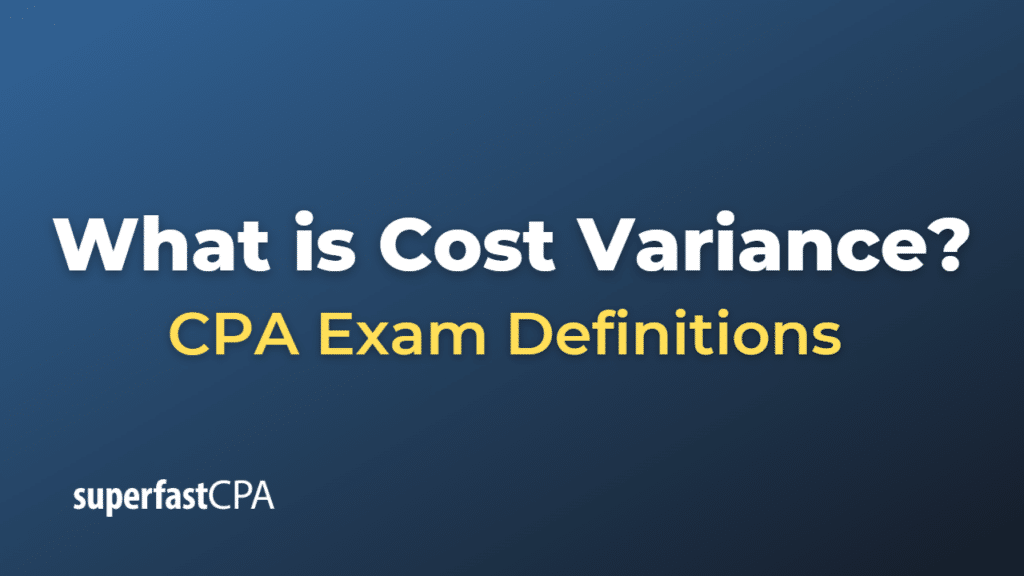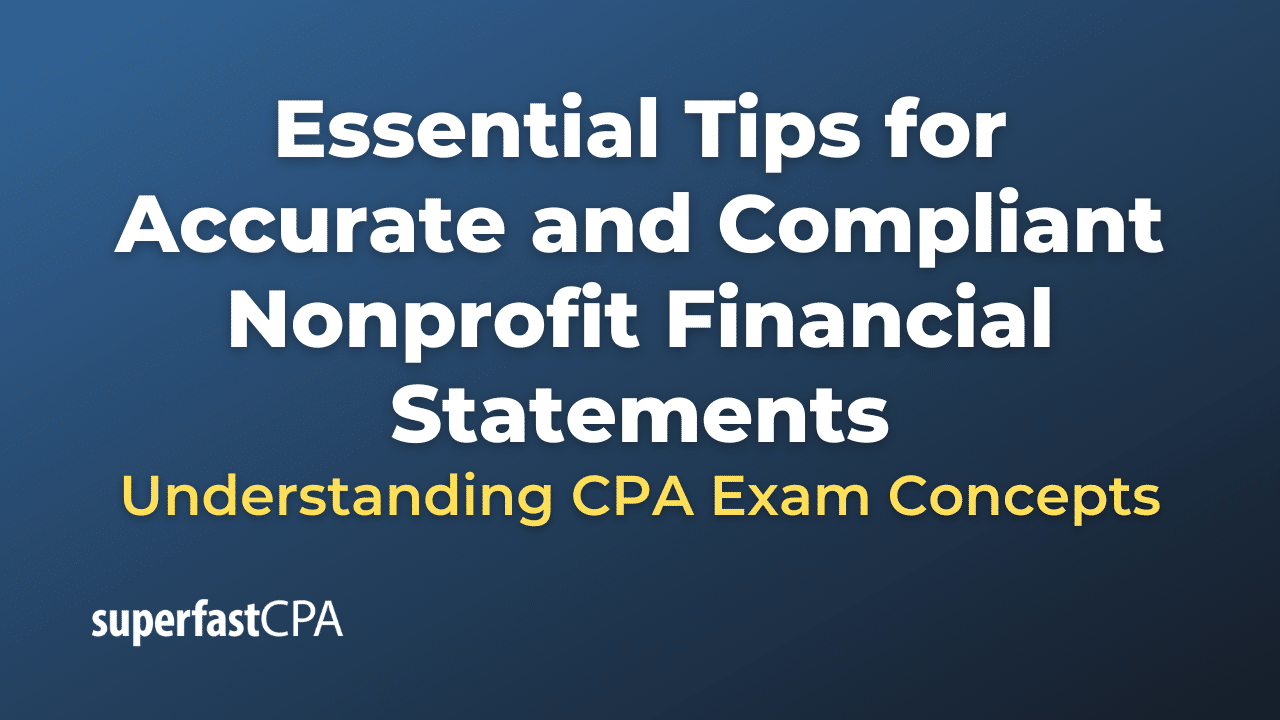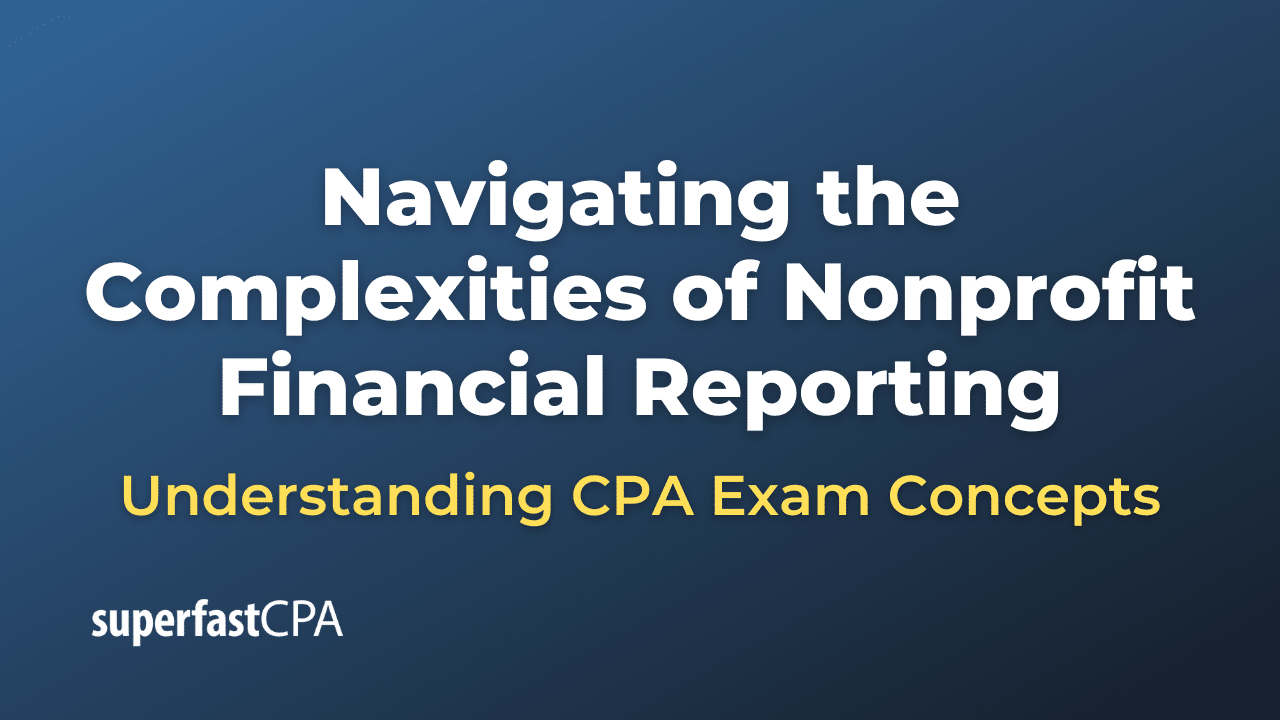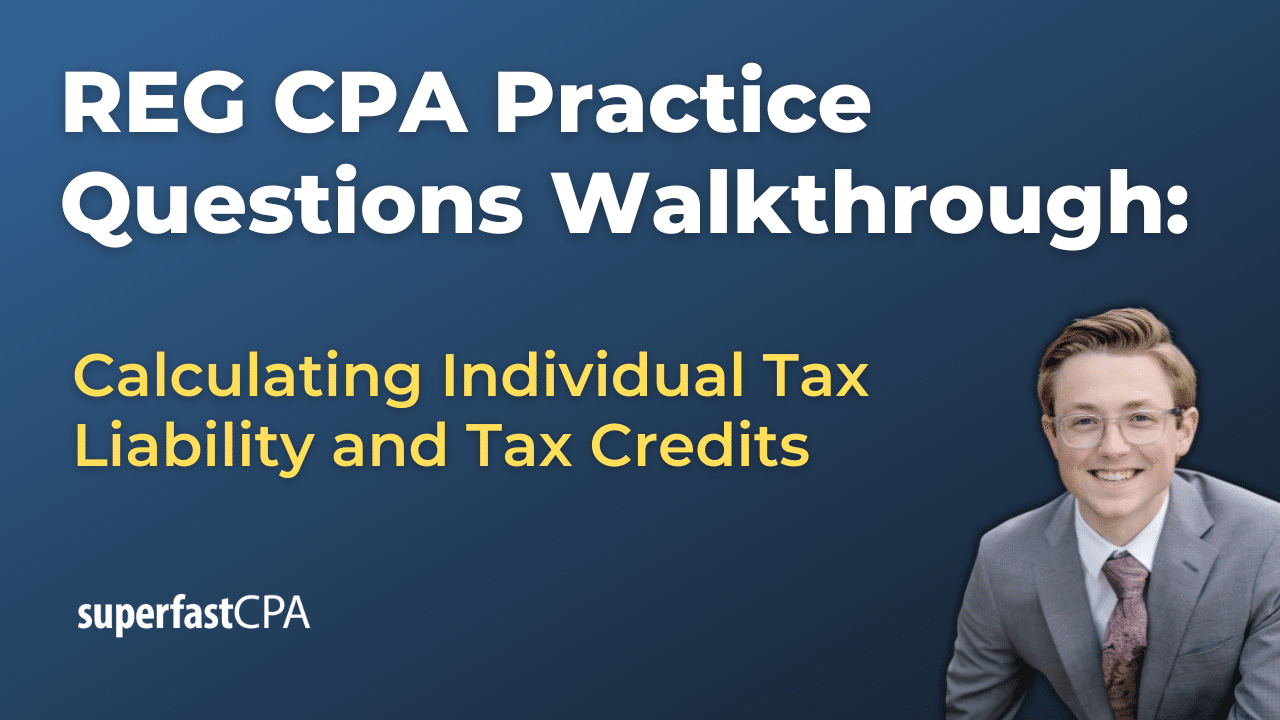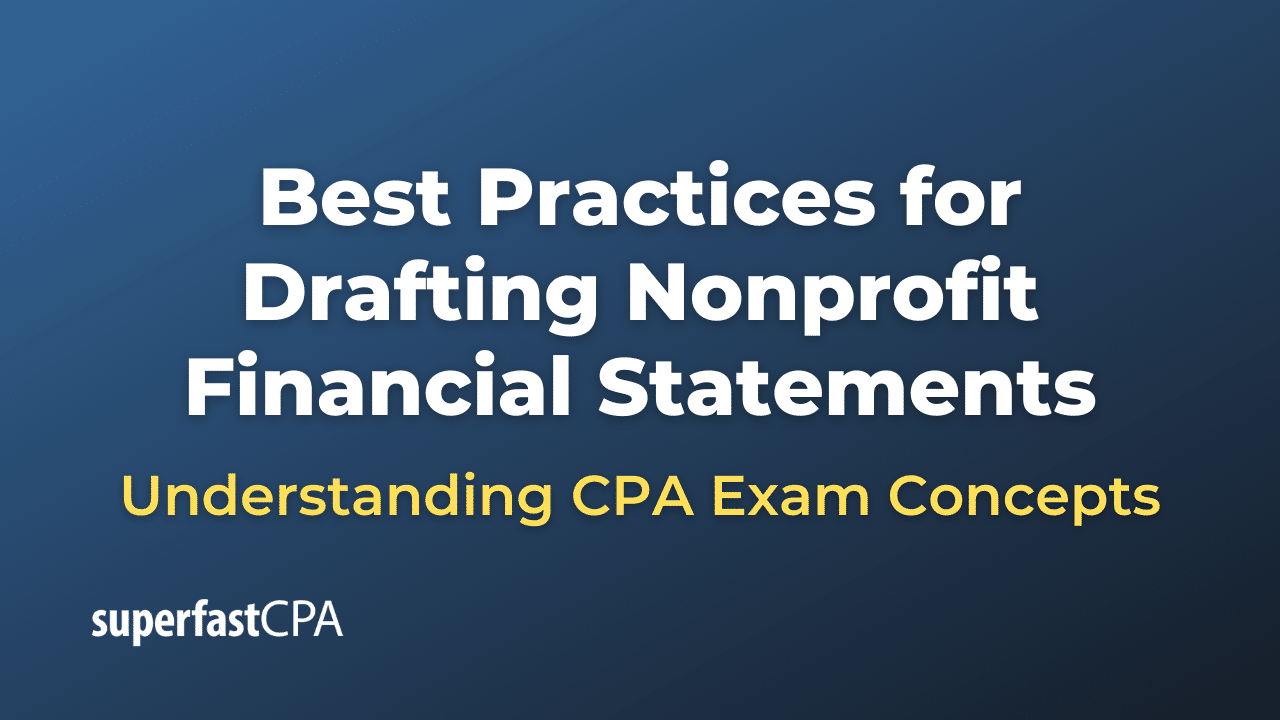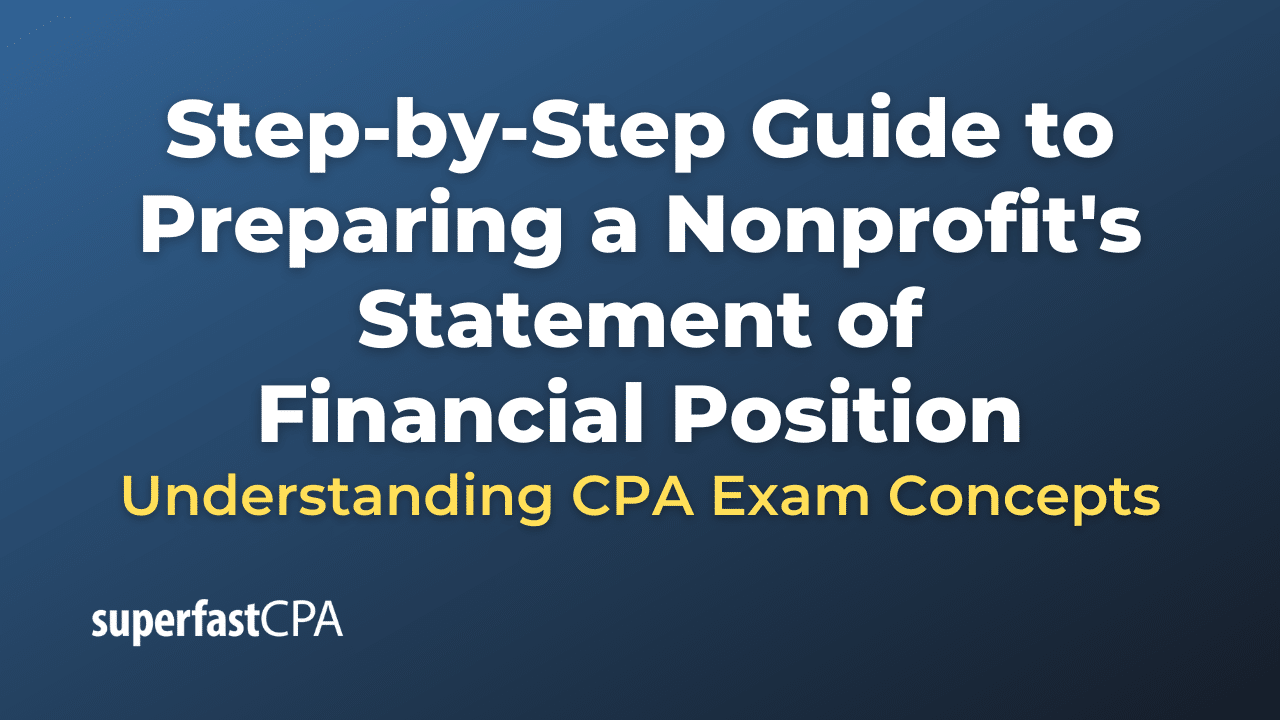Cost Variance
Cost variance (CV) is a measure of cost performance of a project. It is used in project management to compare the budgeted cost of work performed (also known as earned value or EV) with the actual cost of work performed (ACWP). Cost variance is calculated as follows:
Cost Variance (CV) = Earned Value (EV) – Actual Cost (AC)
A positive cost variance indicates that the project is under budget, meaning the actual costs are less than the budgeted costs for the work performed to date. Conversely, a negative cost variance indicates that the project is over budget, meaning the actual costs are more than the budgeted costs for the work performed to date.
Cost variance is a critical tool in project management as it provides an early warning of cost overruns, allowing project managers to take corrective action if necessary. It’s important to note that while cost variance provides valuable information, it should be used in conjunction with other project management metrics for a comprehensive view of project performance.
Example of Cost Variance
Let’s consider a hypothetical project to illustrate the concept of cost variance.
Suppose a project manager is overseeing a project with a budgeted cost of $100,000. At a certain point in time, the manager reviews the project and finds that 50% of the work has been completed. So, the Earned Value (EV) of the work performed to date is $50,000 (50% of $100,000).
However, upon reviewing the financial records, the project manager finds that the Actual Cost (AC) of the work performed to date is $60,000.
To find the cost variance, we subtract the actual cost from the earned value:
Cost Variance (CV) = Earned Value (EV) – Actual Cost (AC)
= $50,000 – $60,000
= -$10,000
The negative cost variance indicates that the project is over budget. The project manager may need to adjust the project plan or take corrective actions to bring the costs in line with the budget.
This example demonstrates how cost variance can be used to monitor the financial performance of a project, providing an indication of whether the project is over or under budget based on the work performed to date.

